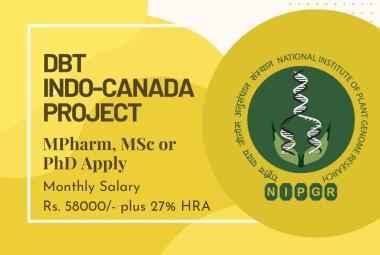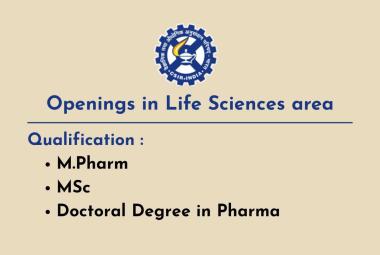In its continued efforts to protect consumers and ensure food safety, the U.S. Food and Drug Administration has begun testing fresh cilantro, parsley and basil, as well as processed avocado and guacamole, for certain microbial contaminants. These two large-scale sampling assignments will help the FDA assess the rates of bacterial contamination in these commodities, as well as help to identify possible common factors among the positive samples.
[adsense:336x280:8701650588]
These herbs are also often eaten as part of multi-ingredient foods, and thus people may not report having eaten them when they become ill.
The FDA plans to collect 1,600 samples for each assignment. As of January 1, 2018, the agency had collected 35 domestic samples (4.6 percent) and 104 import samples (12.4 percent) of the total for fresh herbs. None of the domestic samples tested positive. Of the 104 import samples tested, 4 tested positive for Salmonella, 3 tested positive for Shiga toxin-producing E. coli, and none tested positive for E. coli 0157:H7.
As of January 1, 2018, the agency had collected 58 domestic samples (7.3 percent) and 49 import samples (6.1 percent) of the totals for processed avocado/guacamole. Of the 58 domestic samples tested, 3 tested positive for Listeria monocytogenes. Of the 49 imported samples, 1 tested positive for Listeria monocytogenes. It is important to note that no conclusions about overall contamination rates can be made until all of the data are collected, validated and analyzed.
If samples are found to be positive for microbial hazards, the FDA will pursue an appropriate regulatory and enforcement option, which may include encouraging a voluntary recall, ordering a mandatory recall, ordering administrative detention to prevent food from being distributed, issuing public warnings to alert consumers to the potential danger, or, in the case of imported products, refusing their entry into the United States and subjecting future shipments to an import alert. In the case of the positive samples identified in the first quarter of data collection, imported products capable of causing disease were prevented from entry into the United States and domestic products were voluntarily recalled.
From 1996 to 2015, the FDA reported nine foodborne outbreaks linked to basil, parsley and cilantro, which resulted in 2,699 illnesses and 84 hospitalizations. Of the nine outbreaks, seven were attributed to Cyclospora cayetanensis; one was attributed to E. coli O157:H7; and one was attributed to Shigella sonnei. The FDA is seeking to obtain baseline estimates of the prevalence of Salmonella and Shiga toxin-producing E. coli (STEC) in cilantro, basil and parsley. The agency also intends to test for Cyclospora cayetanensis during the summer months, when Cyclospora-related illnesses typically occur.
The agency chose to sample processed avocado because avocados have a high moisture content and a non-acidic pH level, conditions that can support the growth of harmful bacteria. Processed avocado products, including avocado that is fresh cut, refrigerated and frozen, may be packaged and eaten without having undergone a ‘kill step’ prior to consumption.
According to the Centers for Disease Control and Prevention, there were 12 outbreaks of foodborne illness related to avocado, avocado products or guacamole products from 2005 to 2015. Of those 12 outbreaks, nine involved Salmonella and three involved E. coli, resulting in 525 illnesses and 23 hospitalizations. Though no Listeria outbreaks were reported in connection with avocados from 2005 to 2015, a recent sampling assignment by the FDA detected Listeria monocytogenes in samples collected from the fruit’s pulp and skin. The agency is seeking data on the prevalence of Salmonella and Listeria monocytogenes in processed avocado and processed avocado products.
The assignments are anticipated to last 18 months. The agency will post results on a quarterly basis and also post a comprehensive report once sampling and analysis is complete.







